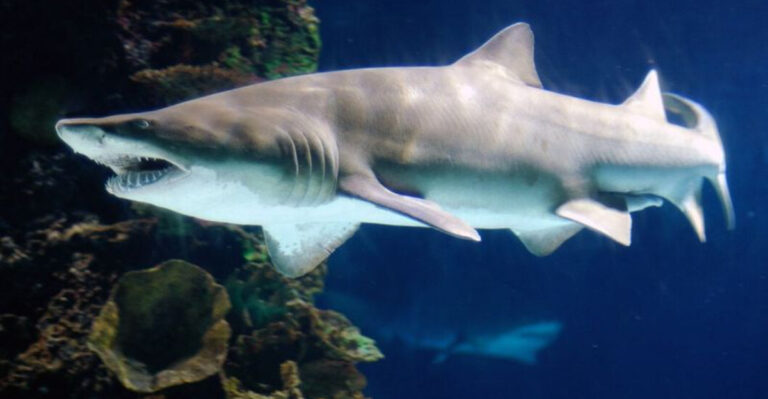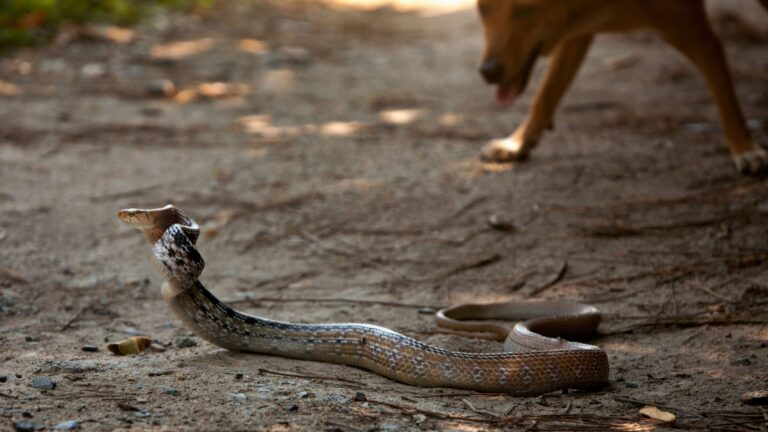These 13 Fish Act So Strangely, Scientists Are Rethinking Everything
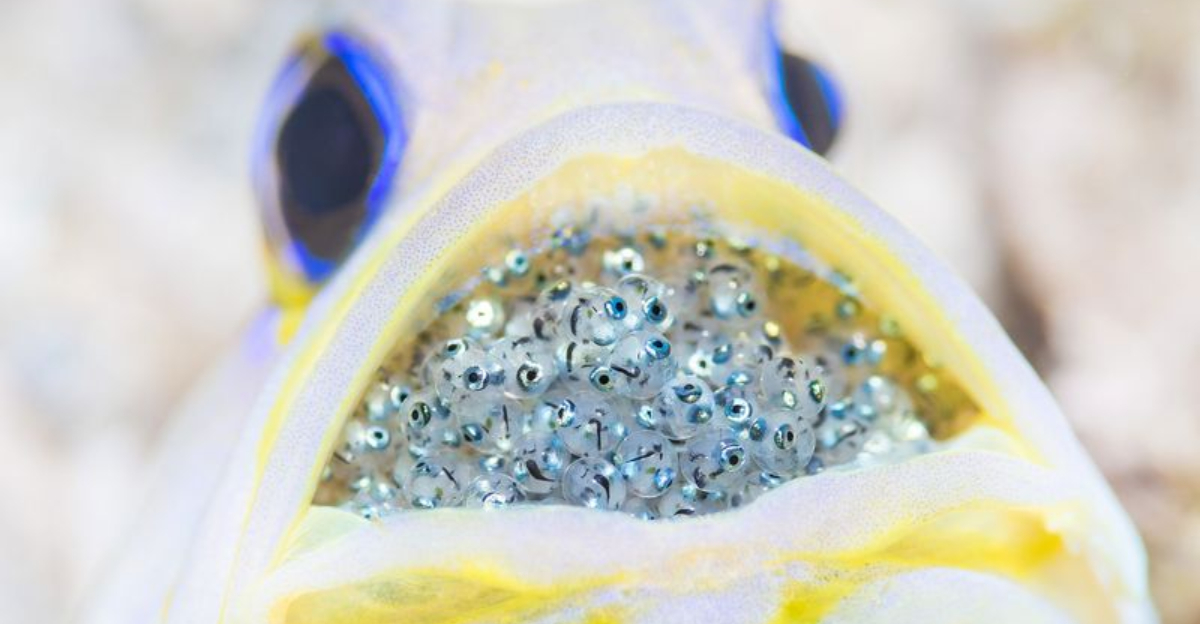
Fish aren’t just swimming around mindlessly in the ocean. Some species have developed behaviors so strange that scientists are completely baffled. From tool use to farming to gender-switching, these underwater creatures are forcing researchers to rewrite biology textbooks.
Get ready to meet some truly mind-blowing fish that are challenging everything we thought we knew about animal intelligence.
1. Archerfish Snipe Their Prey With Water Guns
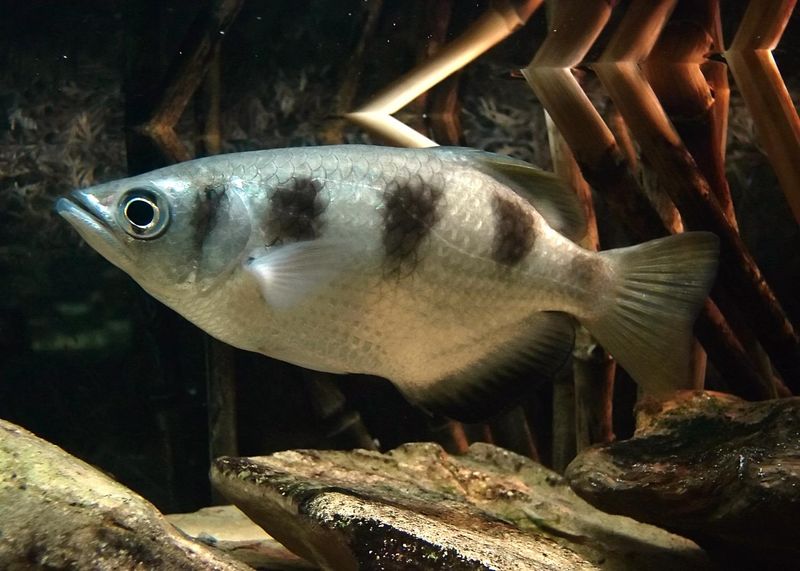
Archerfish are nature’s sharpshooters. They can spit jets of water with incredible accuracy to knock insects off branches up to 10 feet above the water’s surface.
What’s truly remarkable is that they account for light refraction—the way light bends when passing from air to water—making complex physics calculations instantly. Scientists discovered they even learn to improve their aim through practice, suggesting higher cognitive abilities than previously believed.
2. Orange-Fin Anemonefish Change Gender When Needed
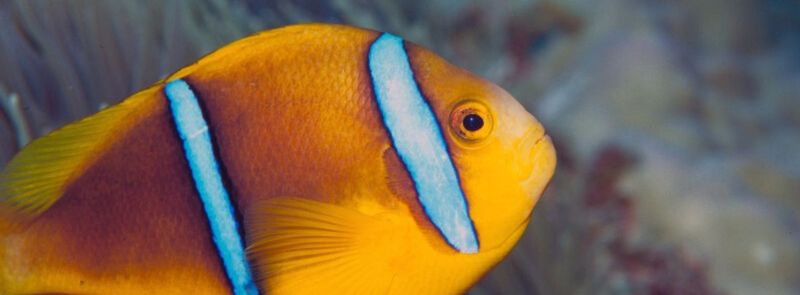
Meet the ultimate gender-fluid creatures of the sea. Orange-fin anemonefish are all born male, but the most dominant fish in a group can transform into a female when necessary for reproduction.
This transformation isn’t just behavioral—it’s a complete physiological change involving hormone shifts and organ restructuring. The process takes just a few weeks and is completely irreversible, showing how flexible biology can be when survival demands it.
3. Wrasses Create Underwater Tools
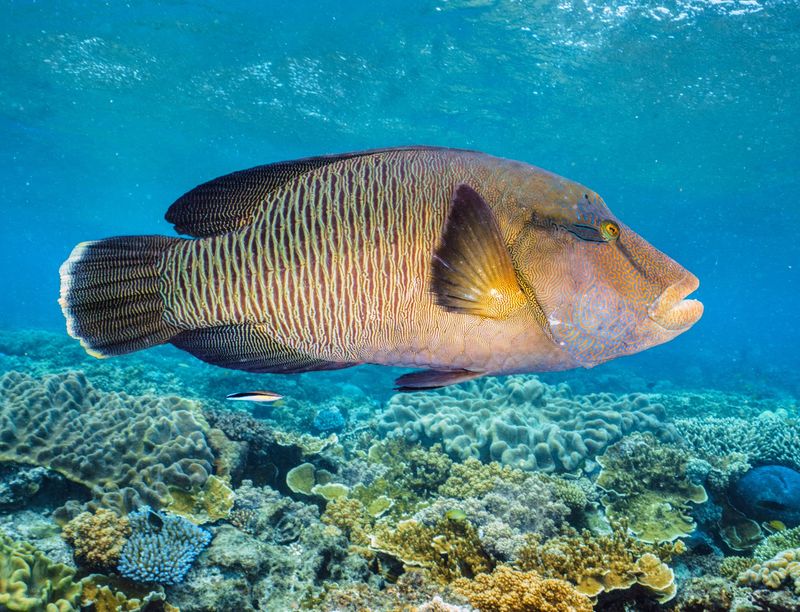
Tool use was once considered uniquely human. Then scientists observed wrasses using rocks as anvils to crack open stubborn shellfish.
These clever fish will carry their favorite rocks around the reef, sometimes swimming considerable distances to retrieve their preferred tool. They demonstrate remarkable problem-solving abilities by positioning shells just right before smashing them against their rock anvils. This sophisticated behavior has forced scientists to reconsider fish intelligence.
4. Jawfish Are Devoted Mouth-Brooders
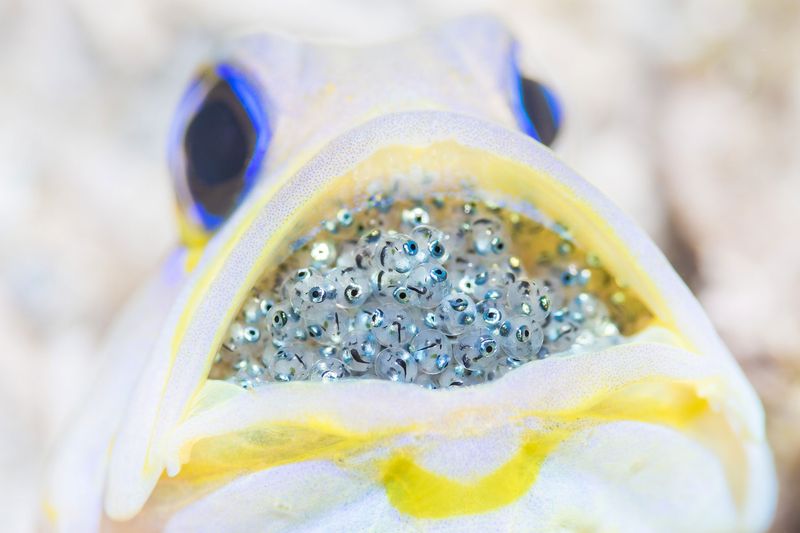
Jawfish take parenting to extreme levels. Males hold fertilized eggs in their mouths for up to two weeks without eating a single bite of food.
Every few minutes, they spit out the entire brood, quickly rearrange them to ensure proper oxygenation, then suck them back in. This remarkable dedication continues until the young hatch and can swim independently. Scientists are fascinated by this level of parental investment in a fish species.
5. Manta Rays Recognize Themselves In Mirrors
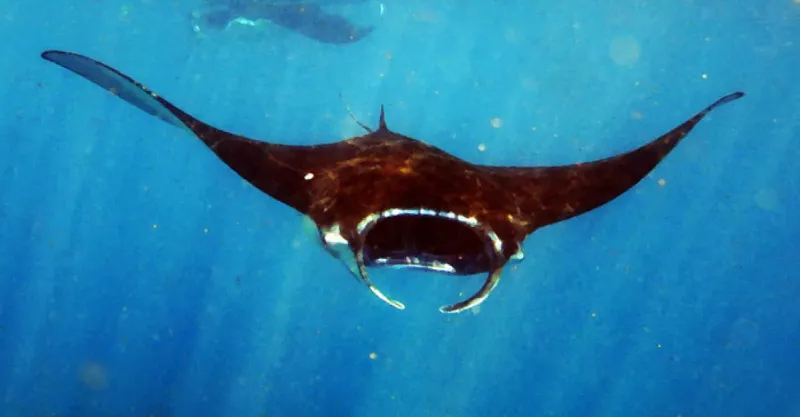
Manta rays have joined the elite club of animals that can recognize themselves in mirrors—a test of self-awareness previously passed only by great apes, elephants, and dolphins.
When researchers placed mirrors in manta ray habitats, they observed the rays performing repetitive movements while watching their reflections, suggesting they understand the reflection is themselves. This indicates cognitive abilities far beyond what we’ve traditionally attributed to fish.
6. Cichlids Farm Algae Like Tiny Underwater Gardeners
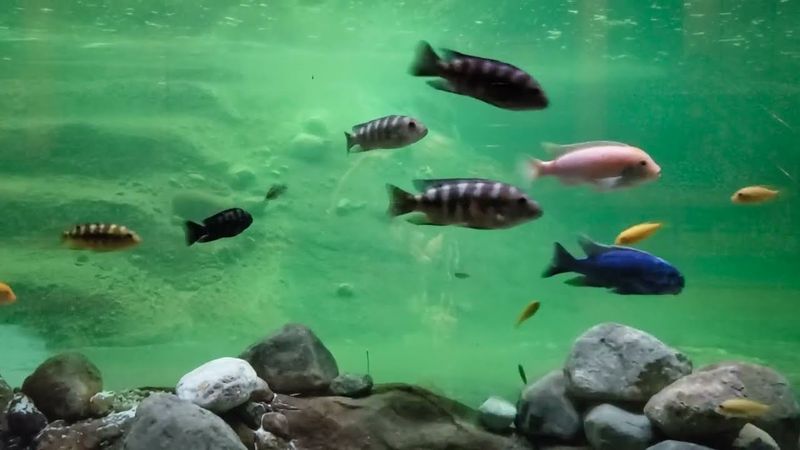
Some cichlid species are practicing agriculture millions of years before humans figured it out. These fish carefully tend patches of algae, removing unwanted species and debris while protecting their “crops” from other grazing fish.
They even fertilize their algae gardens by fanning nutrient-rich sediment over them. Researchers were stunned to discover this sophisticated farming behavior, which includes territory defense and resource management—concepts once thought beyond fish capabilities.
7. Groupers Use Body Language To Communicate With Hunting Partners
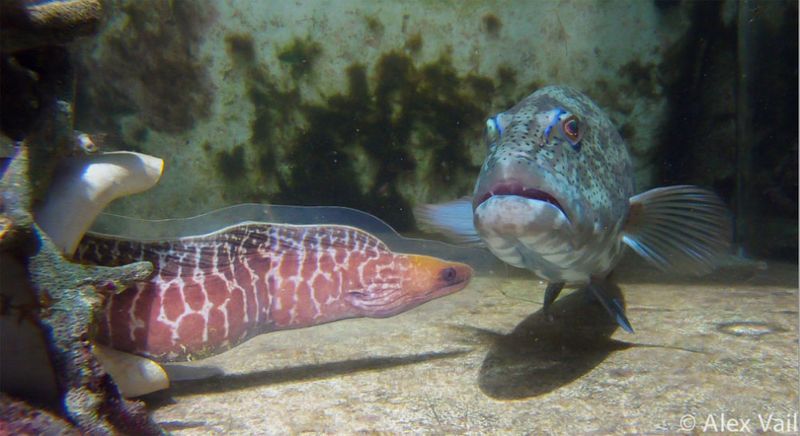
Groupers have developed an elaborate communication system with completely different species. They use specific body signals to coordinate hunting with moray eels or octopuses.
When a grouper spots prey hiding in a reef crevice, it performs a distinctive headstand and shimmying motion that alerts its hunting partner to the prey’s location. This cross-species cooperation involves complex communication previously thought impossible for fish. It demonstrates remarkable social intelligence.
8. Mudskippers Give Elaborate Courtship Performances On Land
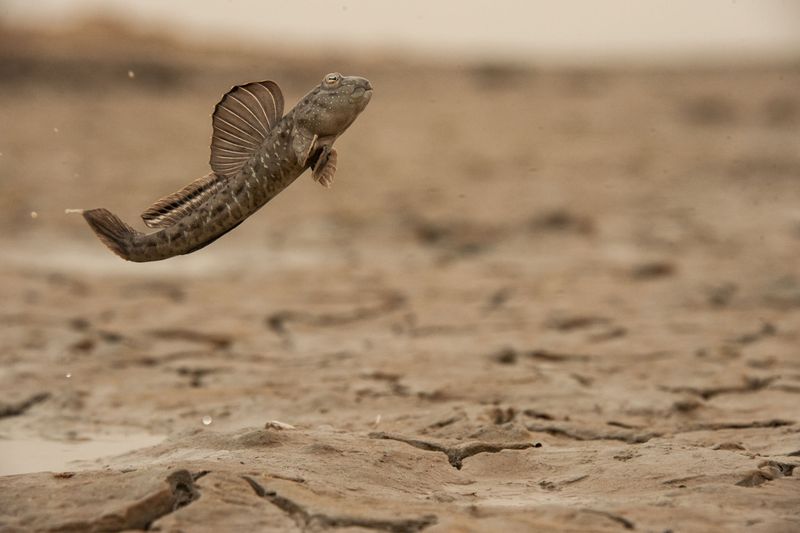
Mudskippers break all the fish rules by conducting elaborate mating rituals completely out of water. Males build mud towers up to 8 inches high around their burrows, then perform jaw-dropping acrobatic displays to attract females.
They leap into the air, do handstands on their pectoral fins, and wave their dorsal fins like flags. Scientists are fascinated by how these fish have adapted to life between worlds, breathing through their skin and storing water in gill chambers.
9. Cleaner Wrasses Pass The Mark Test For Self-Awareness
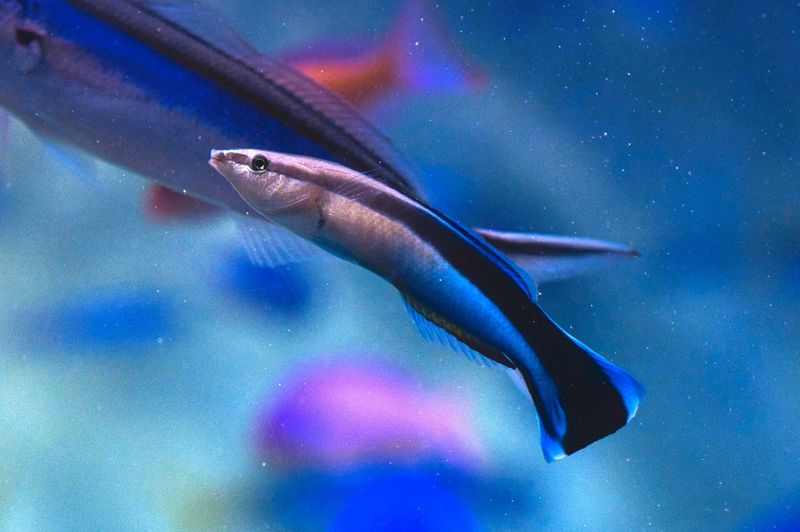
Tiny cleaner wrasses shocked scientists by passing the same self-recognition test used for primates and dolphins. When researchers placed a colored mark on the fish where they could only see it in a mirror, the fish tried to scrape the mark off.
This suggests they understand the reflection is themselves and not another fish. For creatures with brains the size of a grain of rice to demonstrate this level of self-awareness is forcing scientists to reconsider what intelligence really means.
10. Frillfin Gobies Create Mental Maps Of Tide Pools
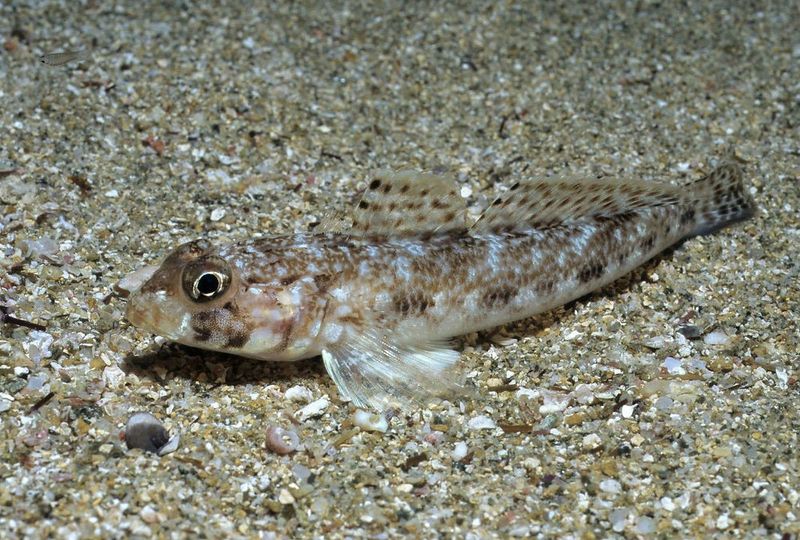
Frillfin gobies perform an incredible feat of memory and spatial awareness. During low tide, they can leap from one tide pool to another without ever seeing the layout from above.
They memorize the topography of the rocks while swimming over them during high tide, creating detailed mental maps they can access hours later. When threatened, they make precise jumps to neighboring pools without missing. This sophisticated spatial memory was previously thought impossible for fish.
11. Peters’ Elephantnose Fish Can Solve Puzzles
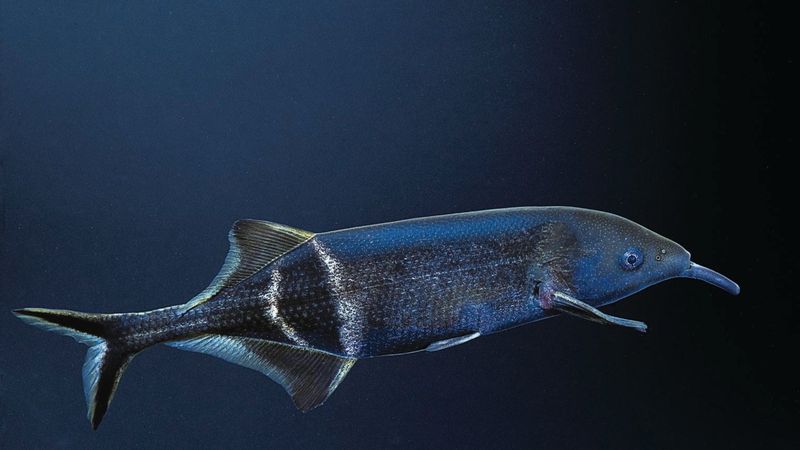
With a brain-to-body ratio similar to humans, Peters’ elephantnose fish are the geniuses of the fish world. They can distinguish between different shapes, colors, and patterns even when objects are partially hidden.
In laboratory tests, they’ve solved puzzles that would challenge many mammals. Using a specialized electric organ, they generate fields that allow them to “see” through murky water and even detect hidden prey. Scientists now believe their intelligence evolved to navigate complex river habitats.
12. Parrotfish Create Sand With Their Teeth
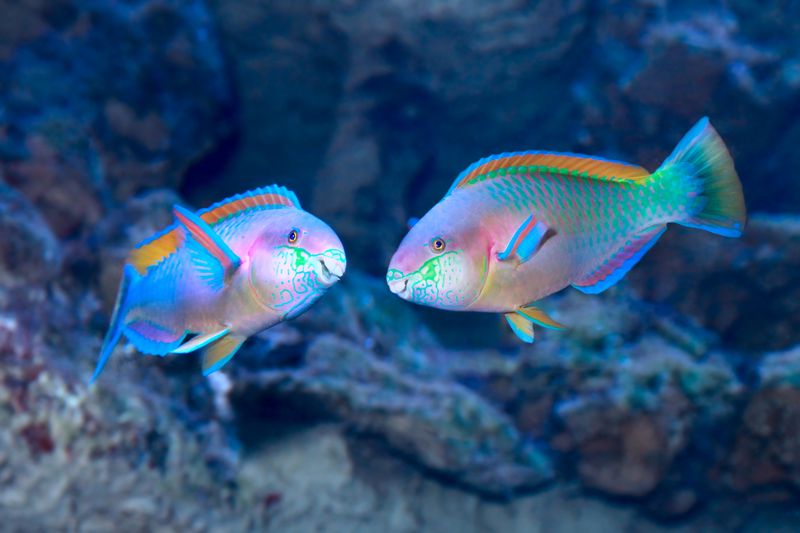
Parrotfish are literally reshaping our beaches one bite at a time. Using powerful beaks, they scrape algae off coral, ingesting bits of coral skeleton in the process.
Their digestive system pulverizes this material into fine white sand that passes through their bodies. A single parrotfish can produce up to 840 pounds of sand annually! Scientists have discovered that over 80% of tropical white sand beaches exist thanks to these colorful fish, fundamentally changing our understanding of reef ecosystems.
13. Flying Fish Glide Over 650 Feet Through Air
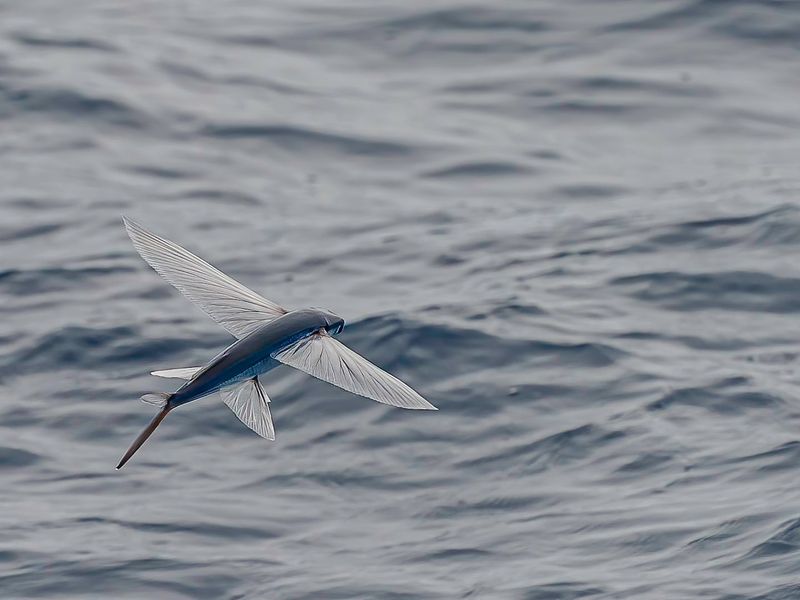
Flying fish perform aerial feats that boggle scientific minds. By beating their tails up to 70 times per second, they reach speeds of 37 mph before launching into glides that can stretch over 650 feet—longer than two football fields!
Using wing-like pectoral fins, they can make multiple flights without returning to water by dipping their tails to regain speed. Research has shown they’re actually more efficient traveling through air than water, challenging our understanding of fish evolution.

